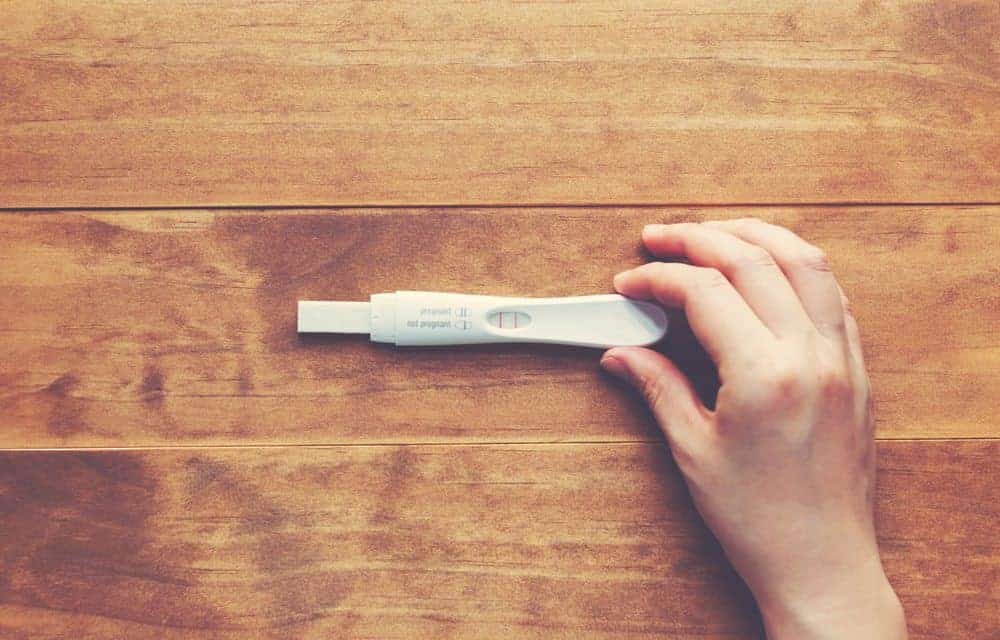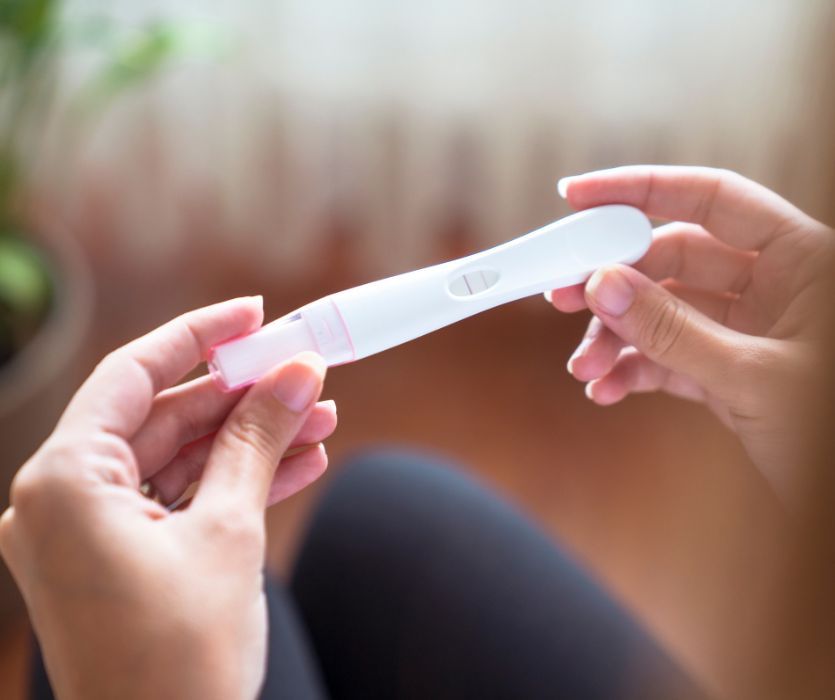Let’s talk about a word that makes most women embarrassed to mention it once they’ve learned about it, especially when we all know someone who’s struggled to conceive: Hyperfertility.
What is hyperfertility?
Hyperfertility is a tentative medical diagnosis as of right now, where fertility can be too much of a good thing. It’s a twisted reality I’ve learned in the last two years.
We are familiar with women who hyperovulate – releasing more than one egg, more regularly than others – but now we’re learning there might be some women who get pregnant more easily than others because of the receptivity of their uterus, specifically their endometrial lining. Great, right? That’s one of the big hurdles in getting pregnant!
Except hyperfertility is a medical term used not for having lots of babies, but for losing lots of babies. The dreaded “bad luck” or “unexplained” recurrent miscarriages.
Recurrent pregnancy loss (RPL) is defined as two or three miscarriages in a row.
Three losses or more in a row affects roughly 1% of the population, so not as common, though as I like to point out to people, “Only 1% of the world’s population is redheaded, but most of us know a redhead.” You likely know a woman who’s experienced RPL, even if she’s never shared that story.
There are several reasons RPL could be happening. Immune issues, blood clotting disorders, RH factor, and so on. But the current medical knowledge states that most, if not all, of unexplained losses are likely chromosomal abnormalities.
And that’s where hyperfertility comes into play.
A small study observed how the endometrial tissue of women of “normal” fertility and women with RPL differed. When exposed to chromosomally normal embryos, both groups’ endometrial cells “reached out” to help it implant. The endometrial stroma cells of the women with RPL, however, reached out for the chromosomally abnormal ones as well. So where most women wouldn’t even get pregnant, hyperfertile women’s bodies were still giving these unviable embryos a chance.
So what do you do about hyperfertility?
What happens when you are the one who keeps flipping that coin to the wrong side? You do the testing – the vials and vials of bloodwork. You do the laprascopy, the saline sono hysterogram, the hysteroscopy, etc. You get told everything is normal and that either it’s “bad luck” or maybe there’s just some undiagnosed condition, and you get thrown a laundry list of prescriptions to take “just in case.”
You dive fully into every niche forum you can find and learn about the “big” name doctors in the field that people spend thousands of dollars to see, desperate for that baby. Some move onto IVF. IVF with PGS/PGD (essentially, genetic testing) lets you select the chromosomally normal embryos to implant. Things get even harder when women do this, and still, they lose that embryo. That’s when you really get into the nitty gritty of how specific the endometrial lining might be – even the day of implantation can vary.
I’ve been down a lot of this road now.
Seven losses later (including a loss of twins), I’ve done everything from travel out of state to see specialists to spending lots of money on testing. I’ve had a doctor admit, “Yes, we do think hyperfertility is a thing. So in your case? Hyperfertility and bad luck.” We’ve spent months and months on supplements, lifestyle changes, and everything we can to see if maybe the plastic tupperware we used to use or maybe that one sushi roll is why I get pregnant when my husband sneezes on me, but we’re still no closer to a second child.
We recently learned about DNA sperm fragmentation, and how it’s a problem that always gets missed as the fertility world focuses on the woman, and lucky us – guess who ended up being a couple where both that issue and hyperfertility were present?
Moving forward.
But in the meantime, the moment I’m a day late I sigh as I take a pregnancy test, knowing what to expect. I have yet to be wrong. I go for my beta bloodwork and grimace as the phlebotomist excitedly comments on my lab requisition. I haven’t had a drink in months because I am almost always pregnant, it seems, and yet every other month brings a new phantom due date of the “baby who never was.” I’ve started joking I should inspect every condom with a magnifying glass, or maybe just never have sex again. The latter feels like less of a joke every time I add a new loss to the bedpost.
So as I’ve learned – yes, you can have too much of a good thing. But when the end goal is a baby, the best thing, do you ever stop flipping that coin?




Leave a Comment